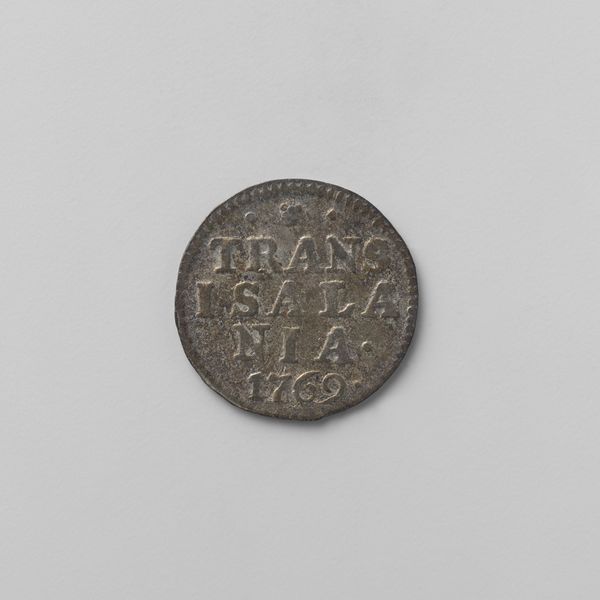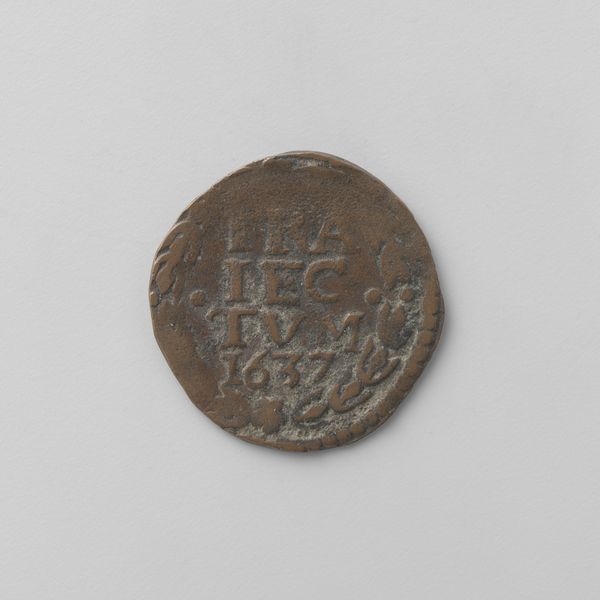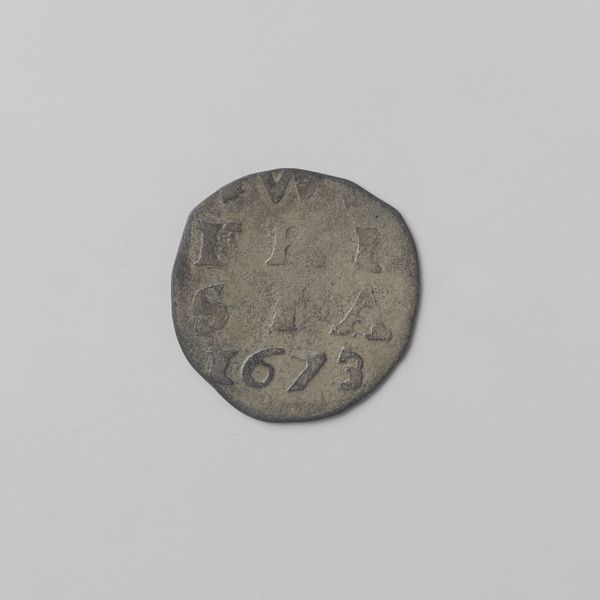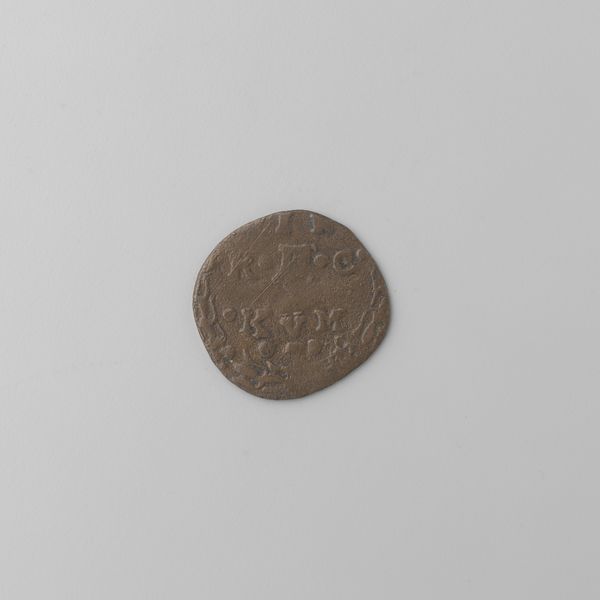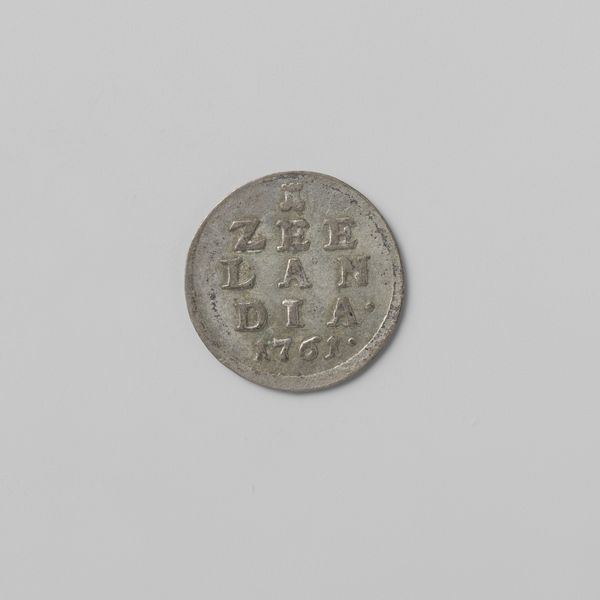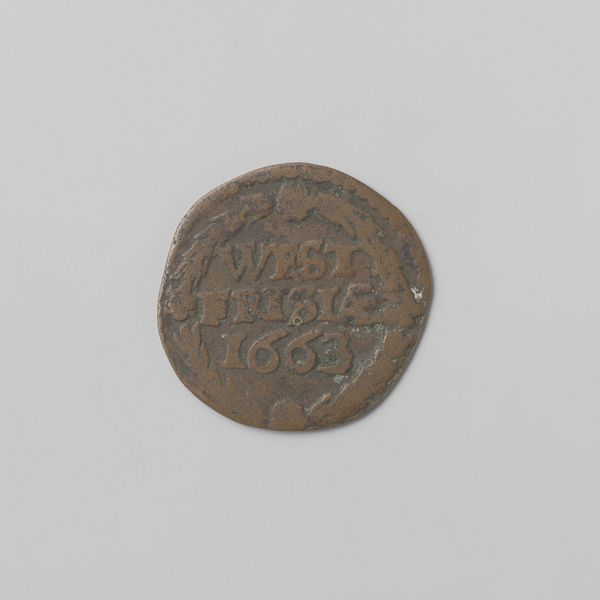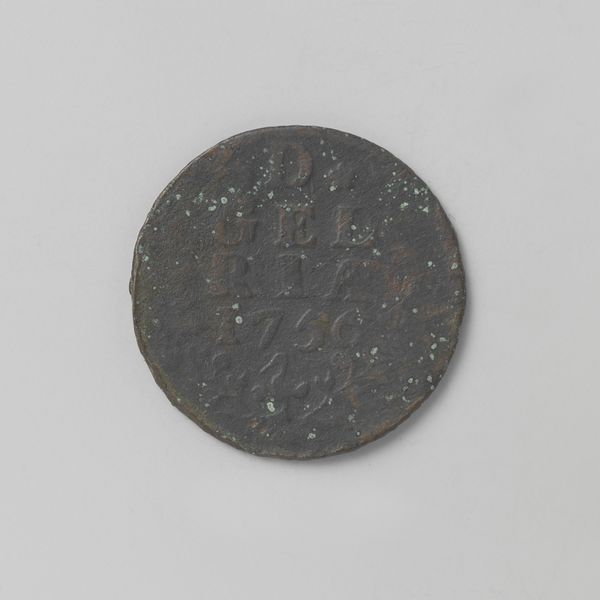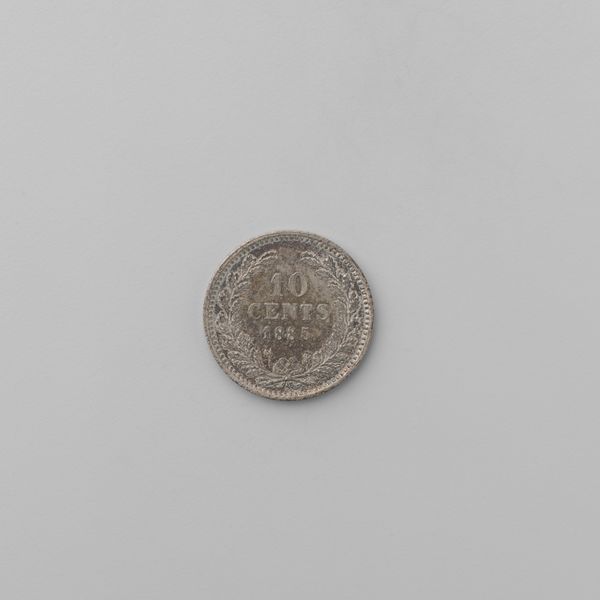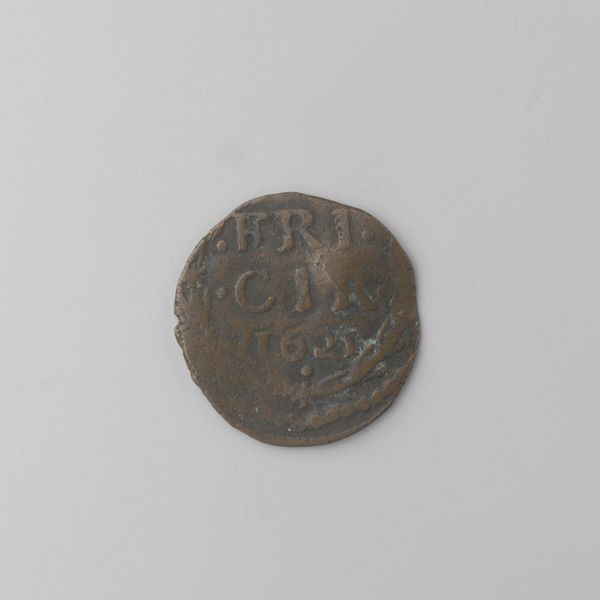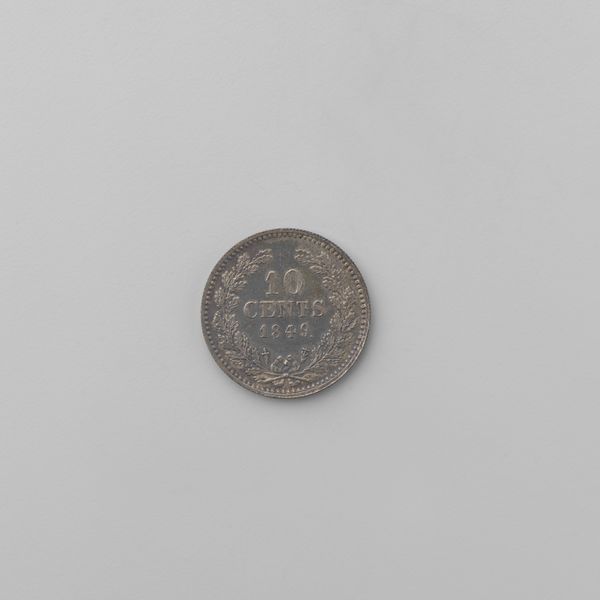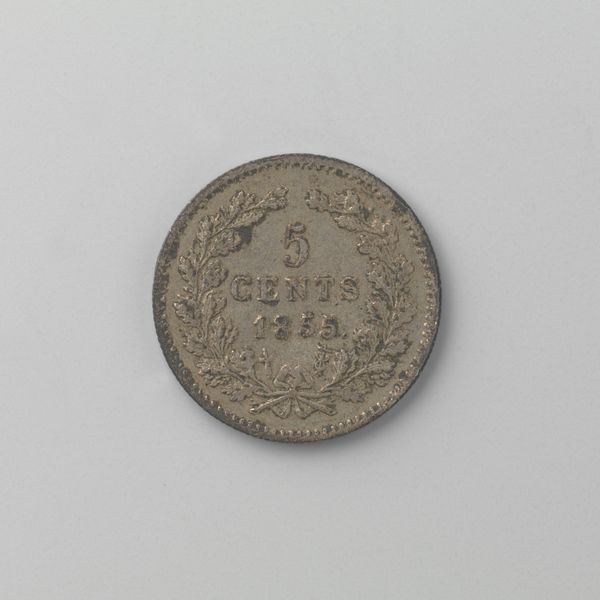
metal
#
dutch-golden-age
#
metal
#
miniature
#
realism
#
monochrome
Dimensions: diameter 1.8 cm, weight 1.06 gr
Copyright: Rijks Museum: Open Domain
Editor: Here we have a Stuiver coin from Groningen en de Ommelanden, minted in 1682. It's such a small object, yet it seems to carry so much history within it. What significance do you see in this humble coin? Curator: This seemingly insignificant coin speaks volumes about the Dutch Golden Age, particularly the complex power dynamics and regional identities of the time. Consider, for instance, Groningen's status. While part of the Dutch Republic, it maintained a degree of autonomy, reflected in its own coinage. What does it tell you about who had power, and who did not? Editor: I see the words "Gron. et Oml." stamped on it, meaning "Groningen and surrounding areas," so it's a visual marker of their local governance. Was the right to mint coins an assertion of independence in a way? Curator: Absolutely. Minting one's own coins was a powerful declaration of sovereignty. However, it's crucial to analyze it within a broader context of trade, economic control, and the social hierarchies of the time. This "Stuiver" embodies issues such as wealth disparity and the legacy of colonialism that fueled the Dutch Golden Age. Editor: So it's not just a currency, it's a historical artifact embodying a political statement? Curator: Precisely! And think about the metal itself, a tangible resource connecting Groningen to global trade networks, possibly linked to exploited labor and resources from other parts of the world. Its existence is deeply interwoven within these larger structures of power. What impact might the size and inherent value of a coin like this have on the daily lives of ordinary people? Editor: That's a compelling viewpoint! I never thought a coin could encapsulate so many layers of historical, social, and even global implications. Curator: By critically examining everyday objects like this coin, we can unearth hidden narratives about power, identity, and social structures. It prompts us to question whose stories are amplified, and whose are often omitted in traditional historical accounts.
Comments
No comments
Be the first to comment and join the conversation on the ultimate creative platform.

